The Fatih Mosque in Istanbul has a lovely interior like many Turkish mosques, but the primary importance of this mosque is its illustrious permanent resident, Mehmet the Conqueror.
History
The Imperial Fatih Mosque was constructed between 1462 and 1470 by Sultan Fatih Mehmet (“Mehmet the Conqueror”; 1432-81), who took Constantinople in 1453. The architect was Atik Sinan, not to be confused with the Sinan hired by Suleyman.
Sultan Mehmet’s goal was to build an Islamic monument more spectacular than the Hagia Sophia. Legend has it that when the mosque failed to reach as high as the church despite being bulit atop a hill – the sultan had the architect’s hands cut off.
The Fatih Mosque and complex included a caravansary, a hospital, several hamams, the kitchens, and a market. Its school instructed up to 1,000 students at a time.
After an earthquake in 1509, the complex was restored by Beyazit II. During another earthquake in 1771, most of it collapsed. The present mosque and complex mostly date from a reconstruction under Mustafa III, completed in 1771. The mihrab, medreses (schools), and inner courtyard survive from the original complex.
What to See
The large Fatih Mosque stands atop the highest hill in Istanbul. Like the other classical mosques in the city, it has a tall central dome supported by semi-domes on all four sides. The painting of the spacious interior reveals a Baroque influence on 18th-century Ottoman art.
Surviving elements from the original 15th-century mosque include three galleries of the courtyard, the portal, the mihrab and the lower shafts of the minarets. The tombs of Mehmet II and his wife are located outside the mihrab wall.
The Fatih Mosque was built over the site of the Church of the Holy Apostles. Reused building materials from the church, such as column pieces and stone blocks of the foundations, have been identified in the courtyard of the Fatih Mosque.
Each Wednesday the area around the mosque is filled with a busy street market.
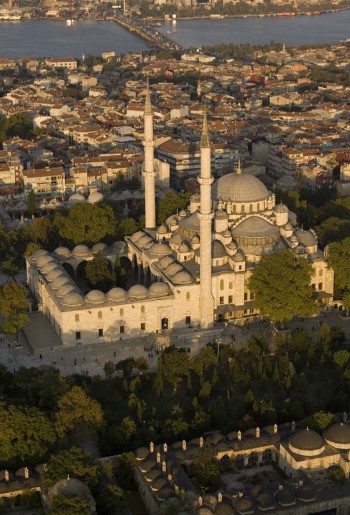
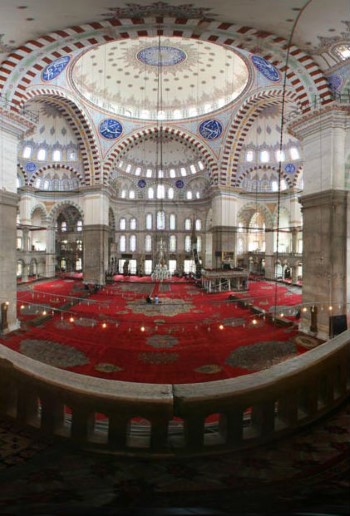
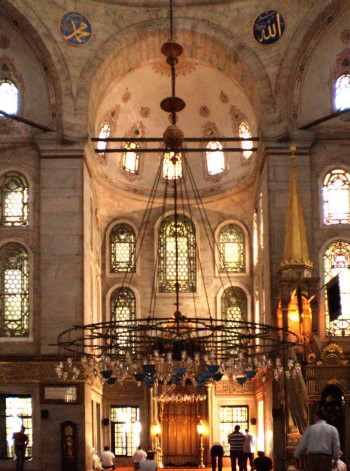
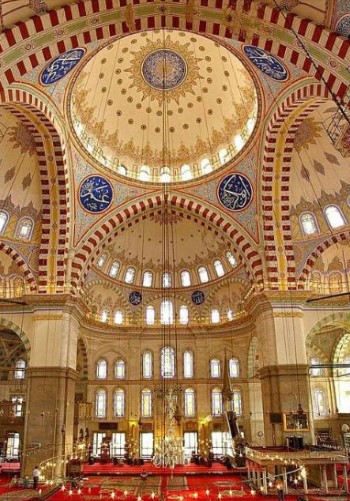
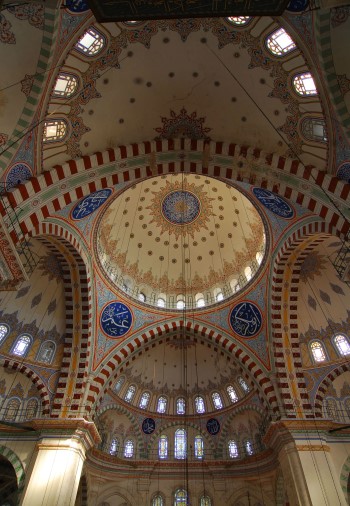
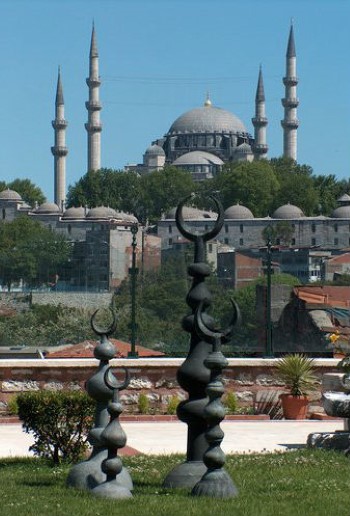


We really enjoyed this mosque. The grounds are gorgeous and it is a relatively crowd free experience. The adjacent cemetery is fascinating, especially the emblematic headstones providing a glimpse into the lives of those passed. Time your visit with the local Fatih markets to make the most of your day.
I went there not only one time, but twice. The complex was just great and all the building were in a very good and organized stage. I loved so much.
Mosque was under Renovation, visited the tomb, mostly traditional muslims, very polite and respectful. We went on a Wed., big local market outside, u can find anything there.
Unlike the other touristy mosques in this city this place is a real place of worship. The atmosphere is absolutely different. There are fewer tourists here and the place has an aura of peace and austerity. There is also a market close by, which is something of a hidden gem. You can get really great deals.
Fatih Camii was my first visit to a mosque in Istanbul before visiting The Blue Mosque. I, along with two other friends, seemed to be the few visitors here. This made for a far more intimate, if not intimidating, look into the architectural and environment of Islam.
We visited this great mosque and enjoyed the history behind this place. It has been renovated lately with new great carpet that no body saw one like it. While you in the area don't miss to see the souks around the mosque it is fascinating area.